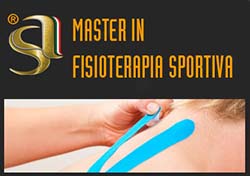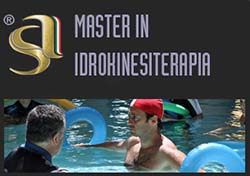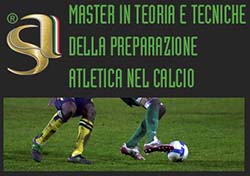Attività fisica preventina e adattata nei settori giovanili di calcio: uno strumento per ridurre il rischio d'infortunio
Sport and Anatomy Fascicolo 1 - 2016, pagine: 14-22
DOI | @ Pisa University Press 2016
Pubblicato: 15 May 2016
L’intero articolo è disponibile
Riassunto
Scopo: lo studio vuole dimostrare la necessità di effettuare per alcuni soggetti un percorso individualizzato di attività motoria preventiva e adattata nei settori giovanili di calcio, con l’ambizione di ampliare il concetto in analisi ad altri sport. Metodi: sono stati valutati 207 soggetti maschi di età compresa tra i 12 e i 18 anni, tutti praticanti come sport principale il gioco del calcio. La frequenza minima di attività sportiva era di 4 volte a settimana, con un alternanza non specificata tra campi in erba e in sintetico, in base alla disponibilità delle strutture. È stato ottenuto tramite valutazione posturale e della tecnica di corsa di ogni atleta un parametro di riferimento chiamato FR% (fattore di rischio percentuale) che è stato rapportato all’entità degli infortuni (EI) subiti dai soggetti durante la stagione sportiva. Sulla base dei questi due dati sono state effettuate 4 analisi per capire se il training load (TL) incide sulla possibilità di subire degli infortuni e se esiste una correlazione tra un fattore di rischio elevato e l’entità di un infortunio. Risultati: Prima analisi: sono presenti su un totale di 207, 52 soggetti con fattore di rischio percentuale pari allo 0% (25% dei totali), 6 soggetti con il 10% (3% dei totali), 14 con il 20% (7% dei totali), 30 con il 30% (14% dei totali), 19 con il 40% (9% dei totali), 86 con il valore maggiore o uguale al 50% (42% dei totali). Seconda analisi: è possibile affermare che le variabili FR e EI sono in correlazione tra di loro, r = 0,7852 (p < 0,0001). Quarta analisi: con un r = 0,7245, possiamo considerare i dati di FR% e EI in correlazione significativa. Se confrontiamo i valori di r della seconda analisi (r2) e di quarta analisi (r4) notiamo che hanno un valore simile: r2 = 0,7852; r4 = 0,7245; r2 circa r4. Possiamo affermare che le analisi effettuate con soli soggetti professionisti e con soggetti misti dilettanti-professionisti, hanno ottenuto una correlazione tra FR% e EI simili e quindi il TL non incide in modo significativo sul rischio di subire un infortunio. Conclusioni: Possiamo affermare che con un TL progressivo e correttamente periodizzato il rischio di infortunio non aumenta, grazie alla capacità del corpo umano di adattarsi a stress esterni. È stata verificata la necessità di individuare le problematiche posturali e proporre un’attività preventiva, per evitare infortuni sport specifici e adattata proponendo allenamenti che siano idonei alla postura di ogni soggetto, senza indurre l’atleta a infortuni da sovraccarico. Possiamo infine affermare, che il metodo di valutazione basato sul fattore di rischio posturalmente correlato potrebbe essere un ottimo strumento per la previsione di infortuni nel gioco del calcio.
Parole chiave
Percorso di valutazione
Peer reviewed. Certificazione della qualità





